.jpg)
Inverter Protection (SG3525)
Project Overview: Short Circuit Protection for Inverter Using IC SG3525
This project focuses on implementing a short circuit protection mechanism for an inverter, leveraging the IC SG3525. The circuit is designed to detect short circuits or overcurrent conditions and promptly shut down the inverter to prevent damage.
.jpg)
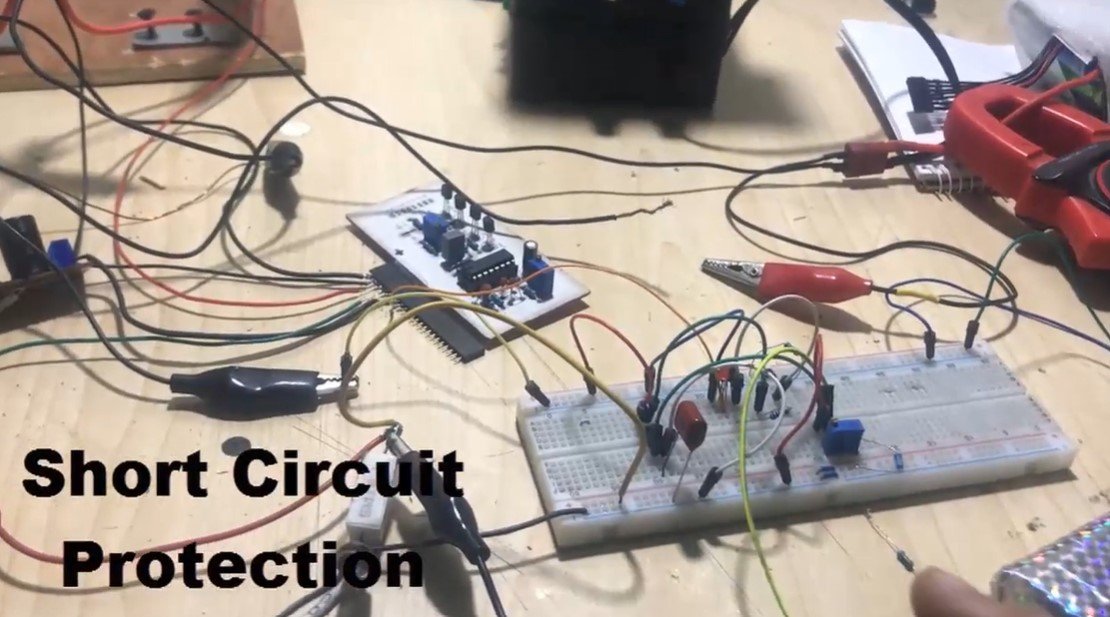
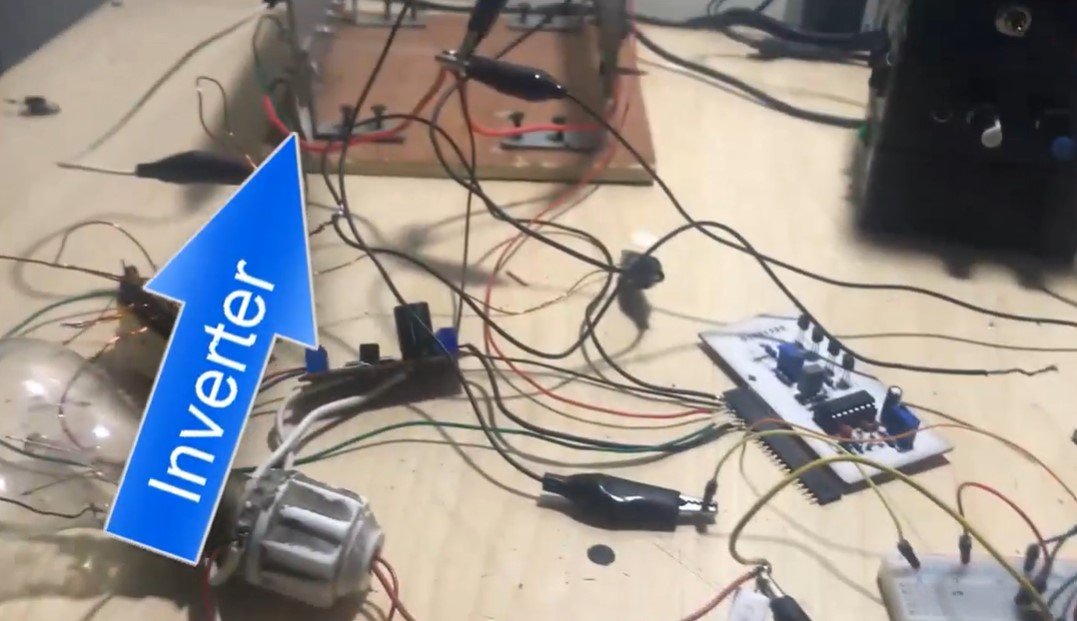
Circuit Description:
-
Shunt Resistor for Current Sensing:
- A shunt resistor is placed in series with the load to measure the current flowing through the circuit.
- When the load is connected, a voltage drop occurs across the shunt resistor proportional to the current.
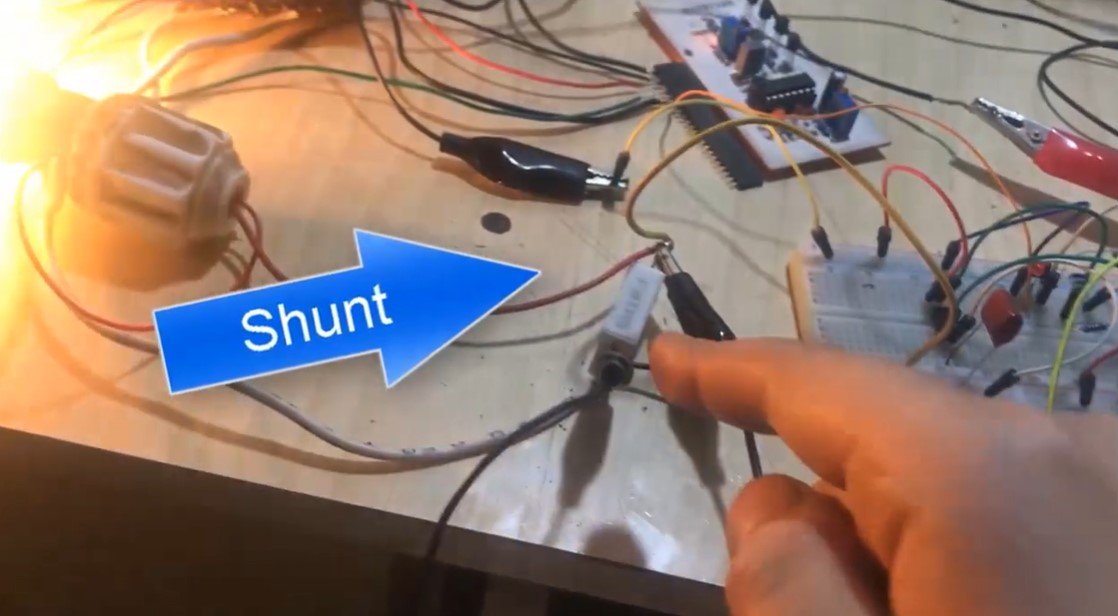
-
Voltage Divider Circuit:
- The voltage drop across the shunt resistor is fed into a voltage divider circuit that includes a potentiometer (pot).
- The potentiometer allows the user to set the maximum allowable current threshold by adjusting the voltage divider ratio.
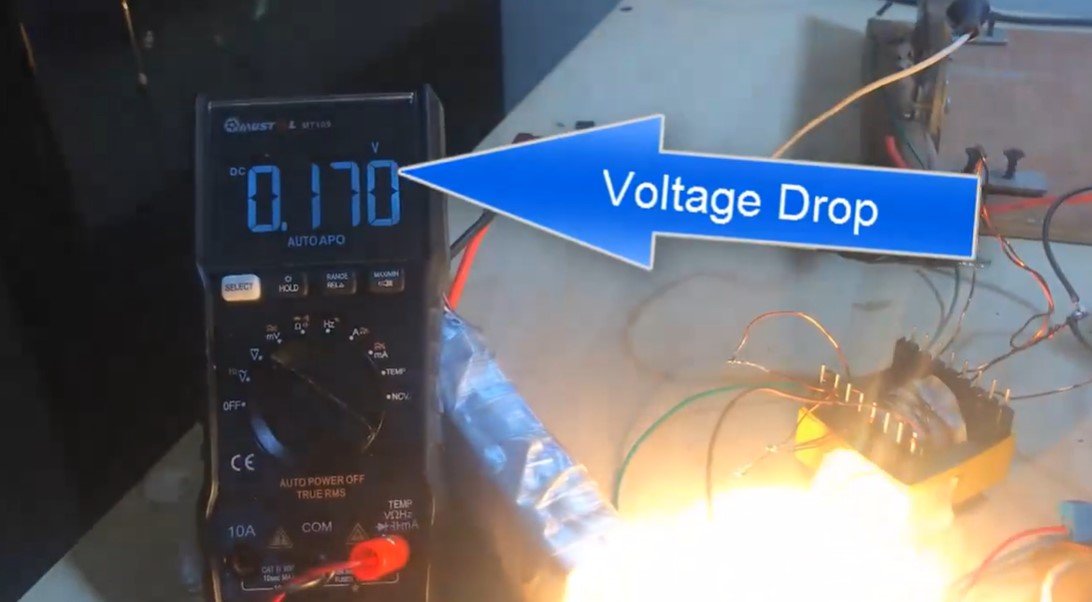
-
Phototransistor (PC817):
- The output of the voltage divider circuit is connected to an optocoupler (PC817) to isolate the sensing circuitry from the control side.
- If the voltage exceeds the threshold (indicating an overcurrent condition), the optocoupler activates.
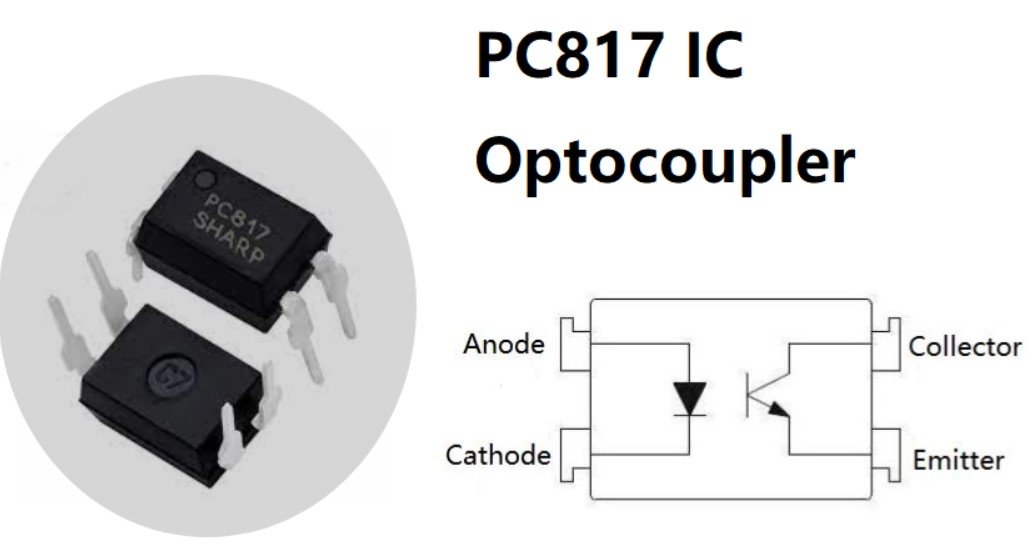
-
Thyristor Triggering (MCR100):
- When the optocoupler activates, its transistor output sends a positive signal to the gate of the MCR100 thyristor.
- The thyristor switches on, allowing the VCC (supply voltage) to flow to Pin 10 of the SG3525 IC and a red LED.
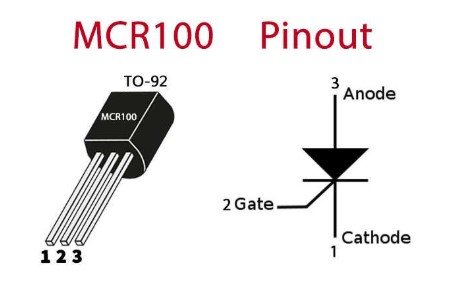
-
System Shutdown and Indication:
- The red LED turns on, providing a visual indication of a short circuit or overload condition.
- Simultaneously, the voltage sent to Pin 10 of the SG3525 IC disables the PWM output, shutting down the inverter.
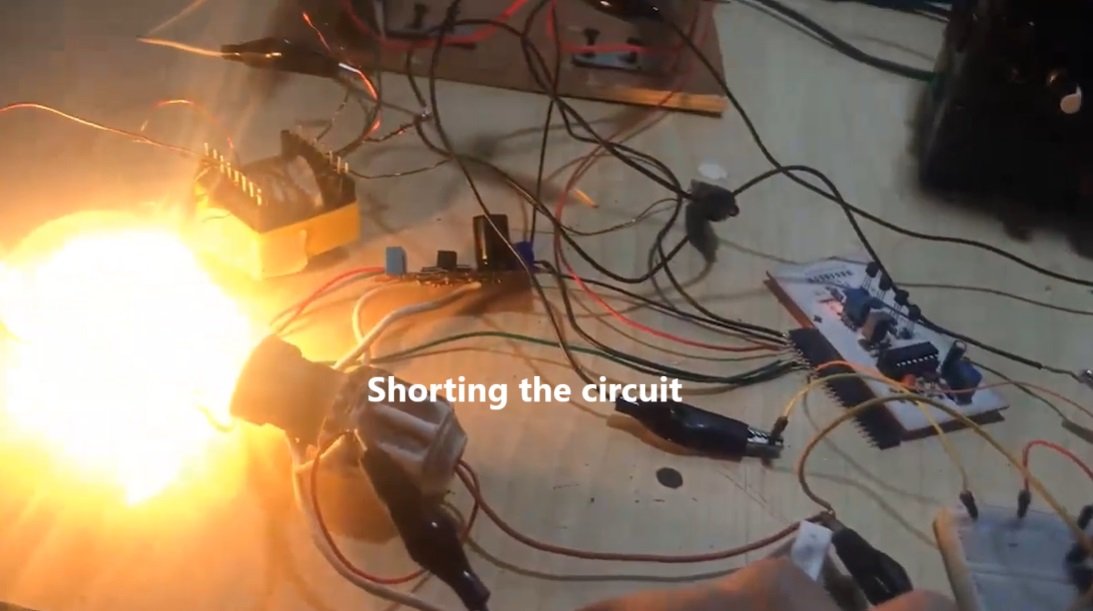
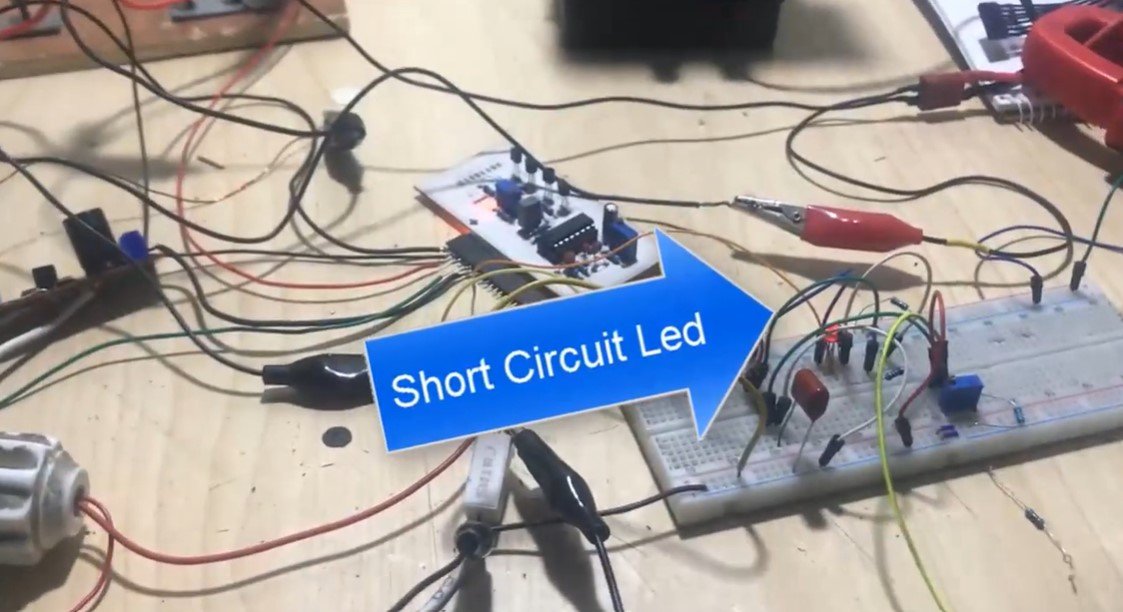
Working Principle:
- Under normal operation, the voltage across the shunt resistor remains below the set threshold, and the inverter functions normally.
- In the event of a short circuit or overcurrent:
- The voltage drop across the shunt resistor exceeds the preset threshold.
- The optocoupler (PC817) activates, triggering the thyristor (MCR100).
- The system shuts down instantly, protecting the inverter from potential damage.
Advantages:
- Reliable Protection: Provides efficient short circuit and overcurrent protection.
- Adjustable Sensitivity: The potentiometer allows fine-tuning of the maximum current threshold.
- Isolation: The use of an optocoupler ensures electrical isolation between the sensing and control circuits.
This system effectively safeguards the inverter against damage due to excessive load or short circuits, enhancing its reliability and longevity.
Posted by Ali Aslan at Thursday 9th of January 2025 12:54:51 PM